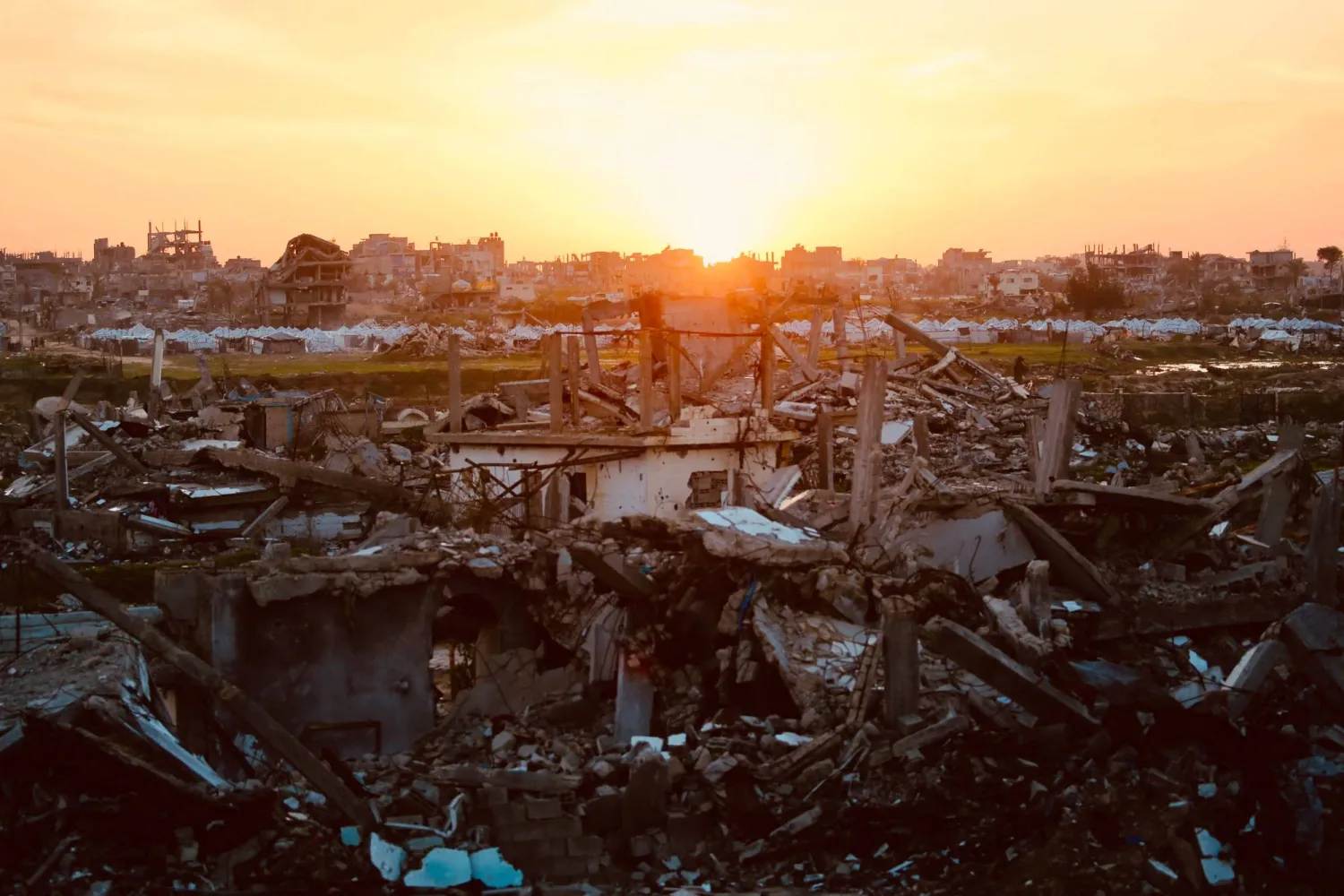Israeli emergency and firefighting units could not contain the wildfires in Jerusalem for the third day in a row. Meanwhile, the Palestinian Authority (PA) sent two firefighting teams to assist Israeli first responders.
Israeli Foreign Minister Yair Lapid sought to request international assistance to help in extinguishing the fire, and Turkey was quick to offer its service, which Tel Aviv rejected.
The fire authority stressed that it could put out the fires at this stage and was satisfied with the assistance of the Palestinian crews, which proved to be very effective in extinguishing the forest fire near Haifa 11 years ago.
Fire Chief Inspector General Dedi Simchi said he was optimistic that the fire would be under control and requested international aid to combat the massive wildfires.
Simchi also said the result of human activity caused the fire, noting: "We don’t know if this was negligence, malice, or arson, but we’ll continue investigating.”
Several right-wing members of the Knesset accused Palestinian parties of setting the fires.
The fire department canceled all holidays of about 100 crew members, who make up about 90 percent of the workforce. They were joined by several volunteers and the army who used its helicopters to put out the fires.
The fire burned over 20 square kilometers of forest, forcing hundreds of families to evacuate their homes in several communities just outside Jerusalem.
An ecologist with the Israel Nature and Parks Authority, Yariv Malichi, explained that the type of trees that the Jewish National Fund (JNF) planted in the Judean Hills is particularly susceptible to fire in dry climates.
“Pine trees are much more flammable because of their chemical composition. They are also very dry and tall,” noted Malichi.
He warned that the forests that the JNF planted at the beginning of the state are not suitable for the dry Mediterranean climate, describing these forests as “a ticking time bomb when it comes to fires.”
Malichi stressed that all the fires in Israel are caused by humans, intentionally or unintentionally, because there are many people roaming in the area.
Malichi explained that the area is full of wadis and deep valleys, creating what he called the “perfect conditions for a firestorm.”
Sources in the Arab villages near the fires reported that the Israeli authorities called on citizens to leave their homes for fear that the fire would approach them. But they refused.
Arab citizens feared history would repeat itself and they’d face the same situation as the Palestinian Nakba.









